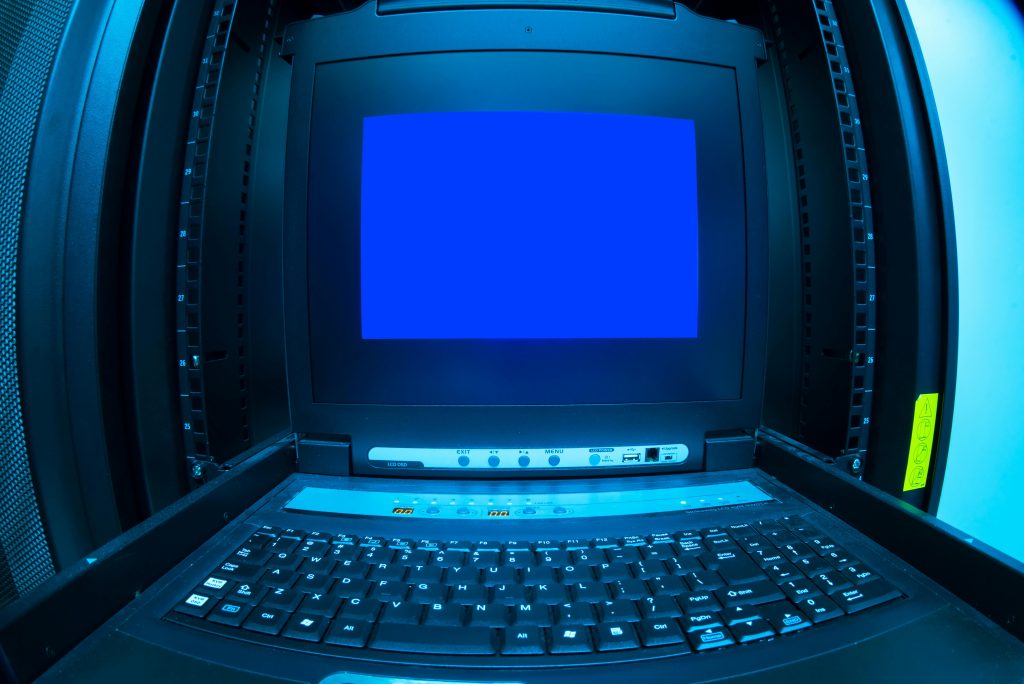Understanding Trojan Infections: Can They Strike Without Opening a File?
In today’s digital landscape, the threat of malware is ever-present, and understanding how it operates is essential for every computer user. A recent question that has arisen in the tech community is: Can a trojan infect a computer without the file being opened? This inquiry stems from various experiences users face, specifically concerning suspicious files, such as a recent case involving a PDF document identified as containing a trojan.
The Scenario: A Cautionary Tale
Imagine this scenario: you download a PDF file and, out of caution, you decide to scan it using a reputable service like VirusTotal. The result comes back alarming—it indicates that the file harbors a trojan. Concerned for the security of your system, you promptly delete the file without ever opening it. This brings us to the vital question—Is there any risk that your computer has been compromised by this trojan, even though the file remained unopened on your desktop?
Assessing the Risks
The primary function of a trojan is to deceive users into executing it, often masquerading as benign software or documents. Typically, for a trojan to infect your system, the associated file needs to be opened or executed. In cases where the file is only downloaded and subsequently deleted without interaction, the likelihood of infection is significantly reduced.
However, it’s important to acknowledge a few exceptions:
-
Exploits and Vulnerabilities: Some trojans can exploit vulnerabilities in your operating system or applications, potentially allowing them to execute automatically upon download. This is more common with certain file types and outdated software. Ensuring your system and applications are up-to-date can mitigate these risks.
-
Security Software Limitations: While scanning a file with tools like VirusTotal is an excellent precaution, no program can guarantee complete protection. Occasionally, undetected malware can slip through the cracks.
-
Behavioral Triggers: Occasionally, some trojans may utilize other methods of entry, such as through malicious websites or networks, which do not require the initial file to be opened.
Final Thoughts
In the case of the PDF you encountered, your proactive approach—scanning with VirusTotal and deleting the suspicious file without executing it—greatly reduces the chances of an infection. Monitoring your system with updated antivirus software and maintaining good digital hygiene can further bolster your defenses against malware threats.
While the fear of potential infection can be unsettling, remember that
Share this content:



